Many workplaces struggle with dust build-up due to drilling operations – however, such issues can be alleviated with the help of a rock drill dust extraction system. In mining, construction and manufacturing industries, these systems are often employed to minimize airborne particles and create a healthier environment.
Drilling can produce a mix of sediment and flying particles that can be exceptionally tiny. Through inhalation, such minuscule granules can result in health issues ranging from respiratory problems to lung destruction and even the development of cancer. It is vital to allot precautionary steps to reduce or eradicate the exposure to dust to protect workers from these impending dangers.
The workplace can be kept clean and clear of dust with the help of a rock drill dust extraction system. Its main purpose is to prevent dust particles from entering the air, thereby minimizing the amount that people inhale. To achieve this, the system typically uses components such as a dust collector, fan, filter and ducting network.
Positioned adjacent to the drilling site, the dust collector is at the helm of the system, its purpose being to capture dust particles through the use of a fan that directs the air through its structure. As the air makes its way, any elusive dust particles will be entrapped and secured.
Following collection, the dust particles must be sieved to ensure no smaller debris remains. The debris-free particulates are then conveyed through a ducting structure engineered to can handle the stresses of the task at hand. Finally, the particles must be relocated to a secure location for proper disposal.
An effective way to minimize dust inhalation in the workplace is by installing a rock drill dust extraction system. Every facility has its own requirements, so it’s critical to select a set-up that is tailor-made for said conditions and the particular drilling taking place.
Periodic maintenance and inspection of the system should be a priority in order to guarantee its effective performance in capturing the dust particles from the environment and transporting them out of the workplace.
Ultimately, employing a rock drill dust extraction system is a viable approach to diminishing or wiping out the dust concentrations of any workplace. By tailoring the arrangement to its particular requirements and guaranteeing its frequent inspection and upkeeping, it can be deduced that the workers will be shielded better from the prospective dangers of dust inhalation.
Rock drills create an abundance of hazardous dust particles; however, dust extraction systems provide an effective remedy to this occupational hazard. This passage will explore the repercussion of disregarding safety protocols, the numerous types of dust extraction systems that can be utilized in industrial and construction settings, and the advantages of using a dust extraction system alongside a rock drill.
Dust extraction systems are of critical importance due to their capacity to subdue the number of hazardous particles assembled by rock drills. Made up of a variety of elements, including silica, these dust particles can have dangerous consequences upon human health. Inhaling them can bring about respiratory diseases, such as silicosis, that can be life-threatening. Dust extraction systems are engineered to seize and delete these particles from the air, consequently diminishing the odds that workers are exposed to them.
When choosing a dust extraction system for a particular rock drill, the type of rock being drilled and the amount of dust produced should be taken into account. For lighter duty drills, the most cost-effective solution is usually a top-mounted system that utilizes a series of filters to draw dust particles from the air. Such systems are designed to be easy to install and maintain, making them an optimum choice in rock drilling applications.
Rock drills typically employ a side-mounted dust extraction system, which tends to be more expensive than a top-mounted variant but provides enhanced efficiency in dust collection. Attached to the side of the rock drill, this approach deploys a suite of filters and vacuums, meticulously removing the particles from the atmosphere with greater skill than a top-mounted system.
Rock drillers can reap a wealth of benefits from the installation of a dust extraction system. Not only can it help maintain health and safety levels, it can also cut back Cleaning time when the job is done and protect rock drill systems from unnecessary wear. By removing hazardous dust particles, this system offers increased well-being for nearby workers, less post-job housekeeping, and extended use of the rock drill.
Altogether, a dust extraction system is essential in any workplace or construction site that makes use of rock drills. Its purpose is to diminish the number of hazardous particles that are dispersed into the atmosphere from the drill, thus looking after the health and welfare of those nearby. Plus, rock drillers will require less time to clean up and may even boost the life expectancy of their tools.
Related Product

Cir Series Dth Bits(Low Pressure) Cir90-90
Down-the-hole (DTH) hammer bits are used with Down-the-hole hammers for drilling holes through a wide range of rock types. In conjunction with DTH hammers, drill hammer bits are de […]
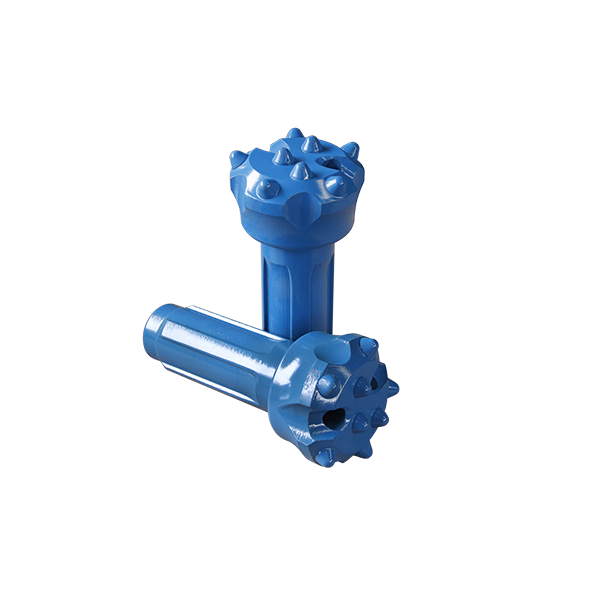
CIR Series DTH Bits(Low Pressure) CIR76-76
Down-the-hole (DTH) hammer bits are used with Down-the-hole hammers for drilling holes through a wide range of rock types. In conjunction with DTH hammers, drill hammer bits are de […]

Taper Bits
Taper bits, especially Tapered button bits are the most popular tapered drill bits with a wide selection of head diameters from 26mm to 48mm. With carbide buttons cold pressed on t […]
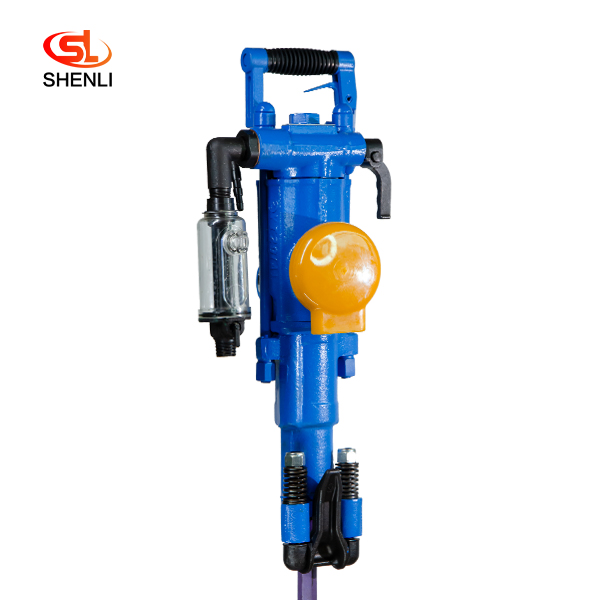
YT29A Air Leg Pneumatic Rock Drill Pusher Leg Rock Drill
YT29A air-legged rock drills are heavy-duty push-leg (air-legged) rock drills with low energy consumption, which are more suitable for drilling horizontal or inclined holes in medi […]
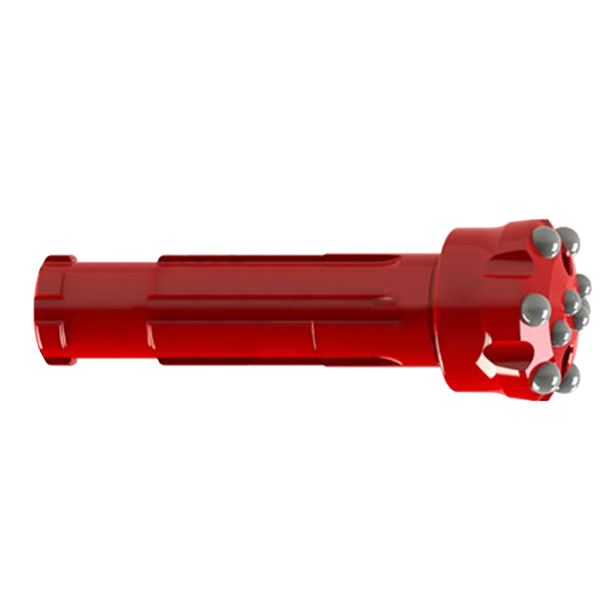
DHD Series DTH Bits(High Pressure) DHD
high pressure drill bit is mainly used in geological exploration, coal mine, water conservancy and hydropower, highway, railway, bridge, construction and construction, etc. Advanta […]
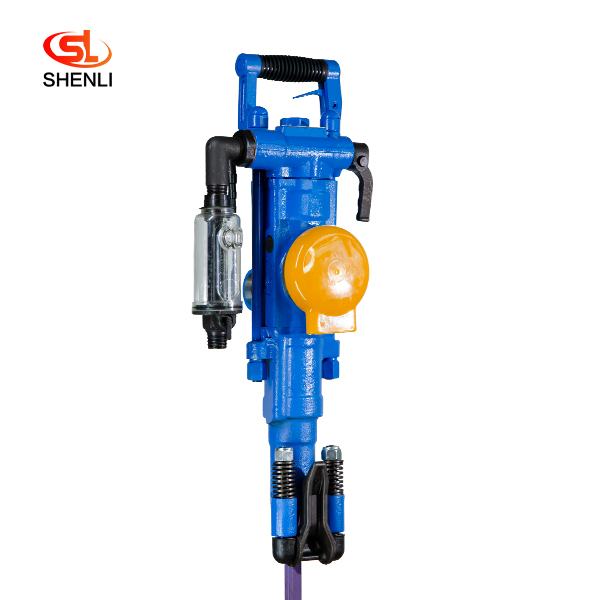
YT27 Air Leg Pneumatic Rock Drill Pusher Leg Rock Drill
The YT27 air-legged rock drill is a highly efficient lightweight rock drill suitable for downward or inclined drilling in medium-hard or hard (f=8 – 18) rock with a diameter […]
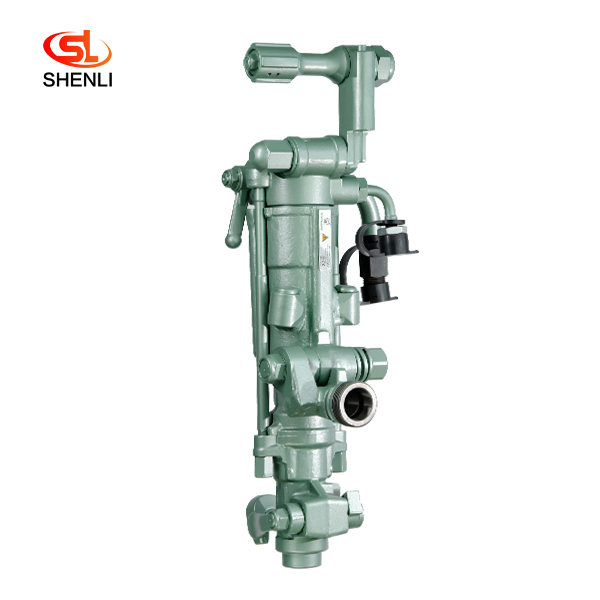
S250 Air Leg Pneumatic Rock Drill Pusher Leg Rock Drill
(S250 jackleg Drill) has been the preferred choice of miners who demand high performance, superior control and lasting reliability. the S250 jackleg allows operators to drill in co […]
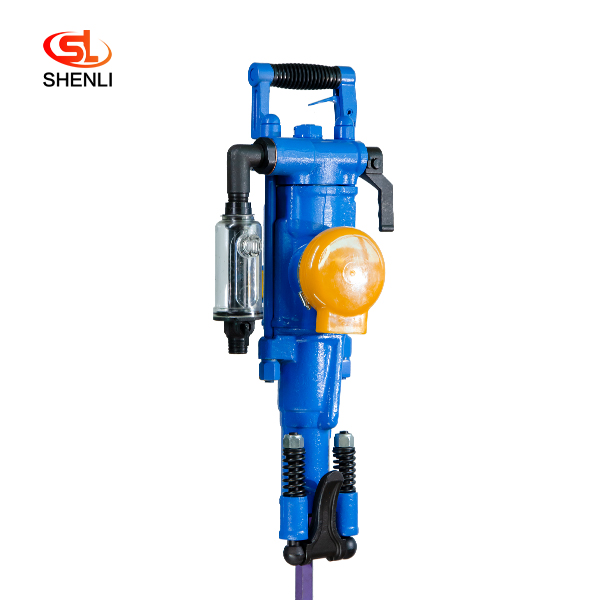
YT28 Air Leg Pneumatic Rock Drill Pusher Leg Rock Drill
The YT28 air-leg rock drill is a kind of high-efficiency, energy-saving and environmentally friendly rock drilling equipment. Compared with similar pneumatic products, the YT28 air […]
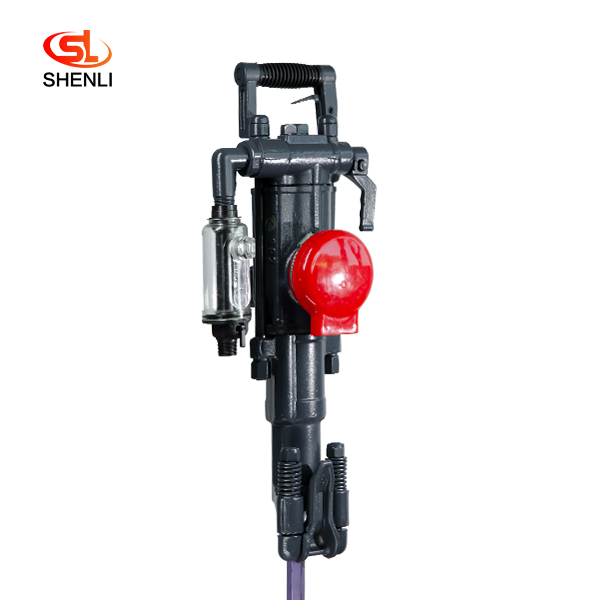
S82 Air Leg Pneumatic Rock Drill Pusher Leg Rock Dril
Model S82 air-legged rock drills are heavy-duty air-legged rock drills with high efficiency and low consumption, which are especially suitable for use in the construction of railro […]
Post time: 2023-07-05

